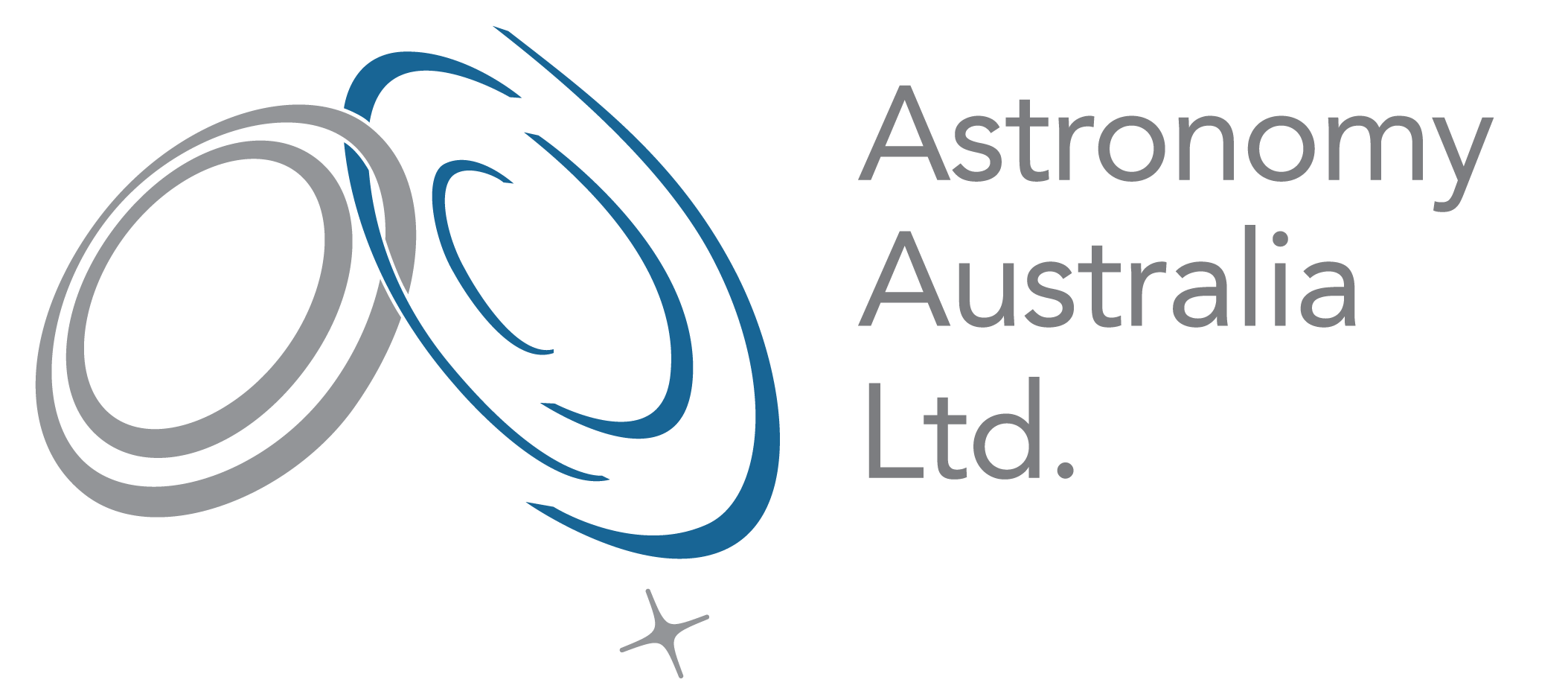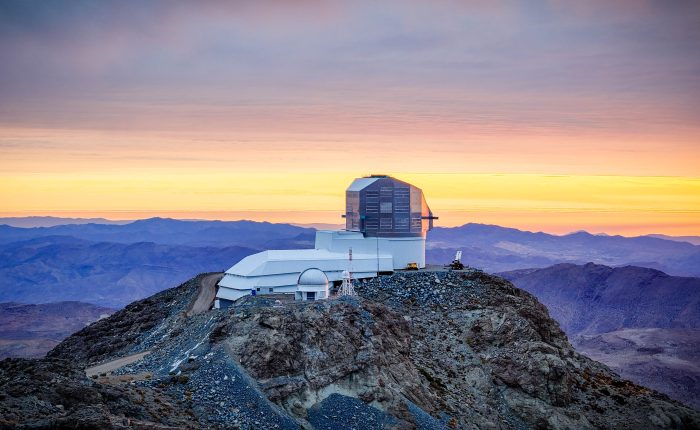In July 2018, AAL took over responsibility for allocating time on the Anglo-Australian Telescope (AAT) from the former Australian Astronomical Observatory, on behalf of the new AAT Consortium. The Call for Proposals in Semester 2019A (for observing time in the period Feb-July 2019) was issued in Sep 2018, and a total of 18 proposals was received, including one Large Program request. The Australian Time Allocation Committee (ATAC) met at AAO-Macquarie on 1 and 2 Nov 2018 to discuss and rank the proposals. The AAT observing schedule for Semester 2019A was released on 3 Dec 2018, and feedback provided to all ATAC applicants at that time.
Some points to note from this semester:
- Bright time was more oversubscribed than dark time. While this made scheduling programs easier, this is likely to be only a temporary situation following the decommissioning of the SAMI instrument in preparation for the arrival of the Hector instrument in 2019/20.
- The new Veloce precision radial velocity spectrograph received 58 nights, HERMES 52 nights, and AAOmega + 2dF 33 nights. The visiting HIPPI-2 polarimeter received a further 17 nights.
- Several nights have been set aside to allow for realuminising of the primary mirror, as well as repairs to the dome windscreen mechanisms.
- A total of 3 nights were awarded to OPTICON Horizon 2020 Trans-national access programs, and 5 nights to US National Optical Astronomy Observatories AAT-Blanco time exchange programs.
- The GALAH Survey was awarded long term status, with a total of 70 nights in Semesters 2019A + 2019B.
AAL would like to thank the ATAC members, AAO-Macquarie astronomers, and AAT operations staff at Siding Spring Observatory for their assistance with the Semester 2019A time allocation and scheduling process. The next Call for AAT proposals in Semester 2019B will be issued in early-March 2019.



